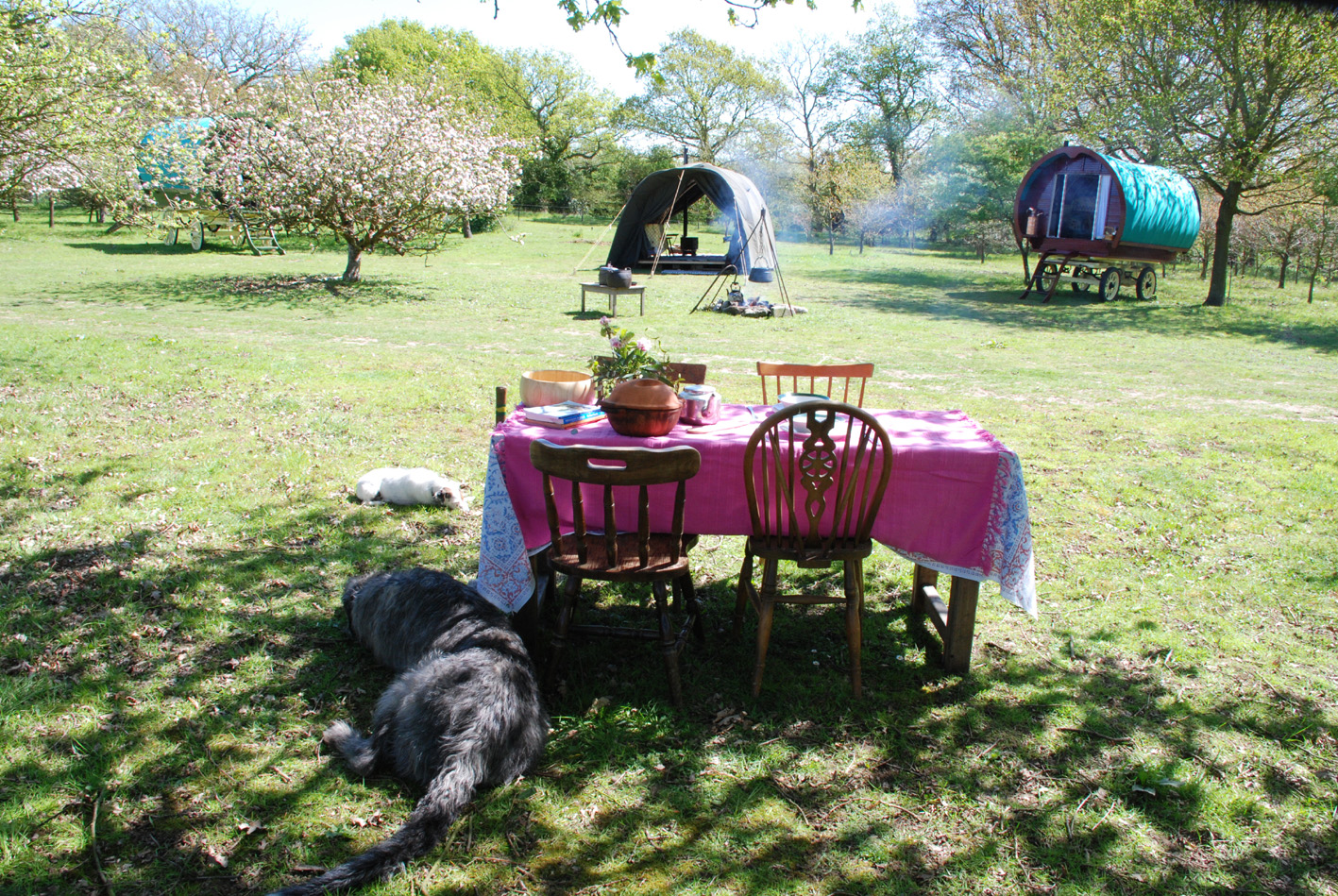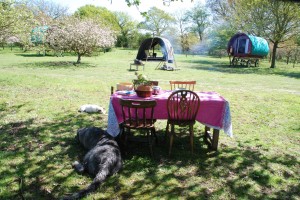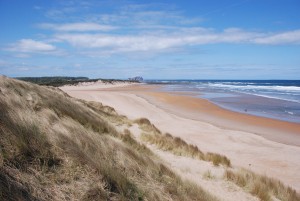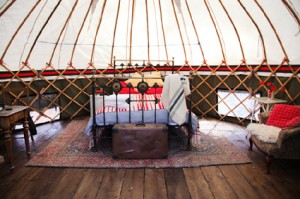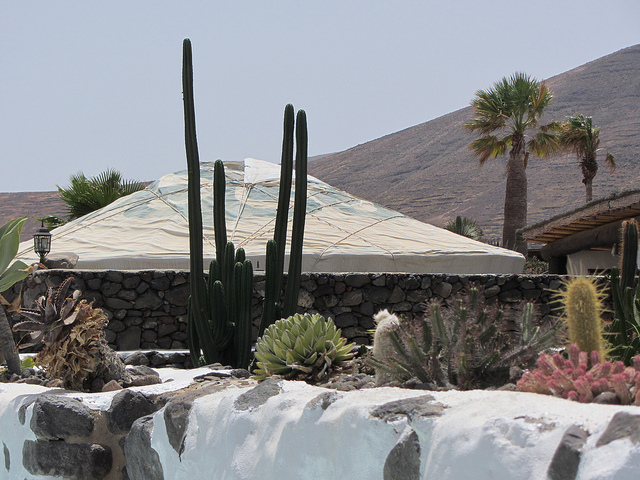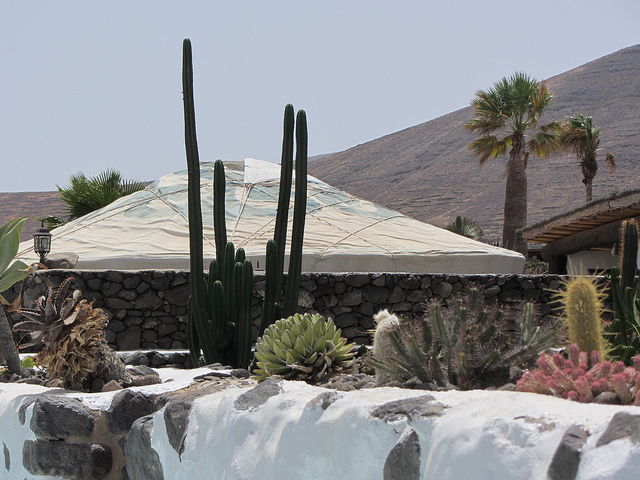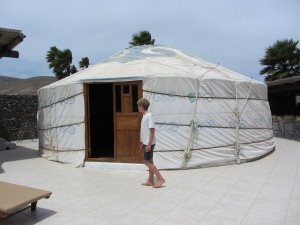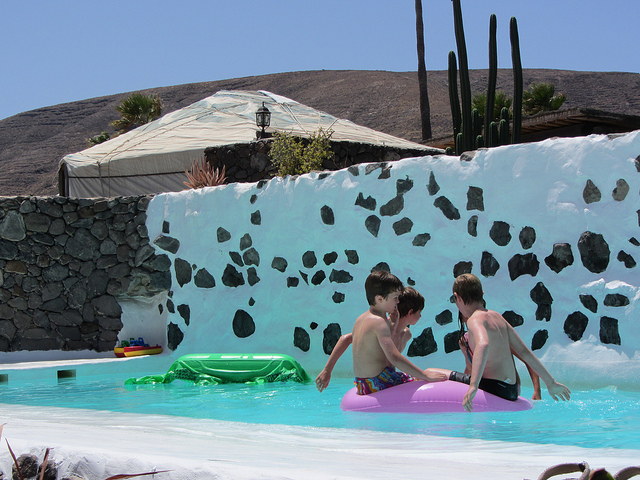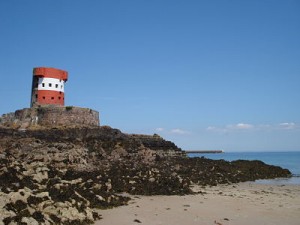
I remember Jersey as the first place I tasted a cherry. About five years old, I picked it off a tree and ate it, revelling not only in its unique perfume and texture but also in the fact that there were endless sweet gems for the picking. What felt like an ordinary family holiday had, in one moment, been transformed into an exotic adventure, an image of Jersey which has always stayed with me.
I didn’t go in search of cherries on a recent trip back to the largest of the Channel Islands, but I was aware of this same sense of excitement as I packed. I was there to explore the greener side of the island, to see if it is possible to discover it without a car – slow down the pace by walking, cycling and taking the bus around an island where, traditionally, local transport means a luxury yacht, private jet or a Bergerac-mobile.
It felt as if the bus service is made for tourists here, however, with drivers going out of their way to smile and proffer information. A family bus pass is £16.15 sterling per day which gets you around what local people fondly refer to as ‘The Rock’s’ 74 square kilometres. My first stop on the number 1 bus was, aptly, Green Island, just a few kilometres east of St Helier, the island’s main, in fact only, town. A peninsula rather than an island, it has white sand and crystalline waters, and the perfect beach café serving locally caught seafood.
After a wake me up swim had done just the job, I got back on the Number 1 which clings to the shore as far as Gorey, a pretty fishing village on the East coast, and walked back along the dusty pink coast path built into the rosy granite which links the island geologically to its neighbouring Brittany, just 22 kms away.
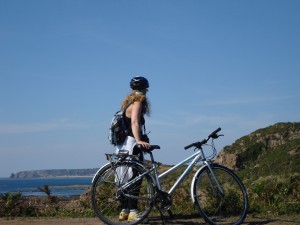
With fine local produce just about everywhere I visited, I realised that this is obviously an island which values its local produce, and with Jersey Royals spuds, Jersey cows, a plethora of fish swimming off its shores, they have everything going for them here. Some of the flavours I can almost still taste as I write include a fresh crab sandwich at the Driftwood Café immediately after a swim in St. Catherine’s Bay; sipping local wine and test chocolates at the islands winery, La Mare Wine Estate, run on a committed green basis by a Cork man, funnily enough; buying picnic ingredients at the Victorian covered Central Market in St. Helier, and the superb ice cream at the Classic Herd Farm Shop in St. Peter’s Village, which has all the supplies you could want if you are self-catering.
The ice cream moment followed a long day of cycling along Jersey’s greatest green coup – the Green Lanes. Launched in 1987, this is an 80kms network of country roads where the speed limit is 15mph (24kph) and where walkers, cyclists and horse riders are given priority. All clearly marked on road maps as well as by very visible signs on the lanes themselves, drivers also seem to respect the spirit of what Jersey is trying to achieve here. Cycling up lavender lined paths, past flower filled gardens and potato-filled fields, cyclists and walkers all greeted each other, most of us visitors who are new to the notion that, for once, we had right of way over cars.
For green places to stay you can choose between yurts overlooking St. Aubin Bay (jerseyyurts.com), one of several historic forts right on the sea from jerseyheritage.org, a courtyard apartment attached to one of the island’s most sumptuous manors and gardens in St. Clement (samaresmanor.com) or in converted officers’ quarters attached to an early 18th century military barracks metres from the sea at Grève de Lecq Bay (nationaltrustjersey.org.je). Wherever you stay, you will soon see there are beaches and coves at the end of almost every cycle, bus or walking route here. In fact, it’s worth having a couple of sets of togs tucked in your backpack, and more than a couple of days on the ‘Rock’ where there are so many cherries for the picking, their bowl runneth over.
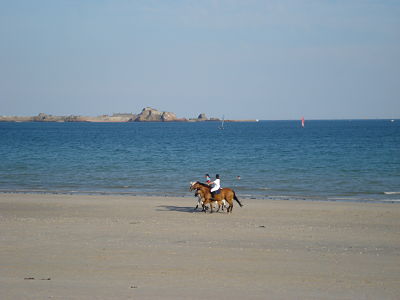
An edited version of this article was first published in The Irish Times in August 2011. For more information on Jersey see www.jersey.com.

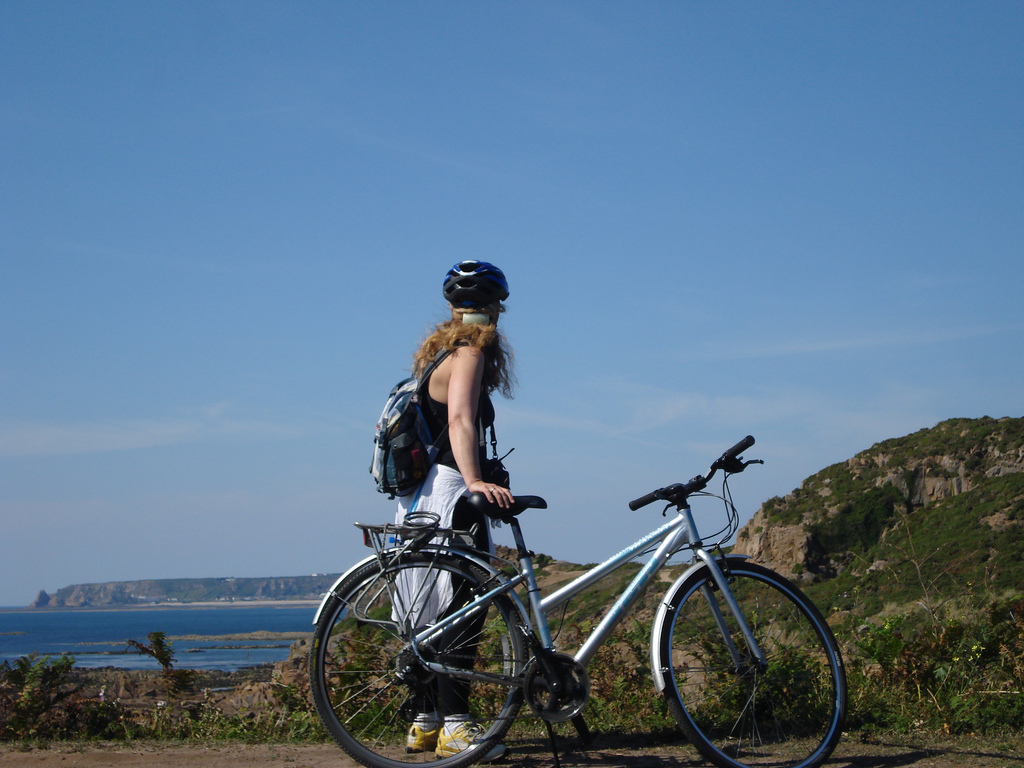
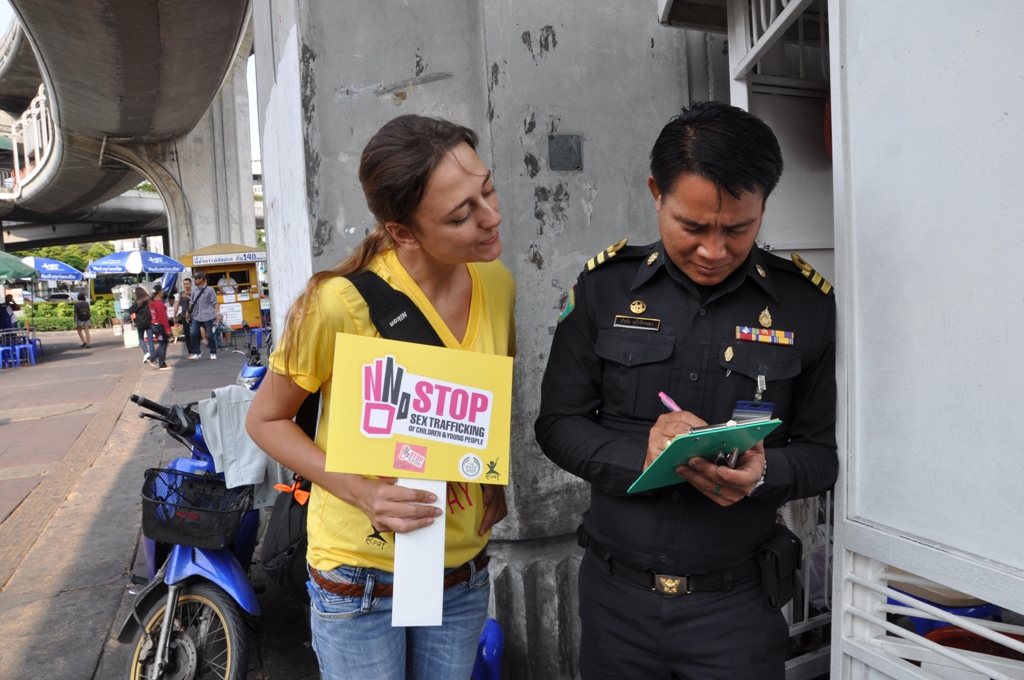
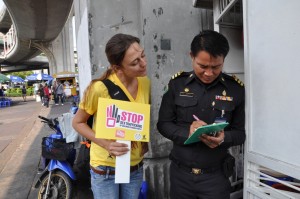
![ECPAT_logo [Converted]](http://www.ethicaltraveller.co.uk/wp-content/uploads/2011/10/ECPAT_logo-Converted-206x300.jpg)
